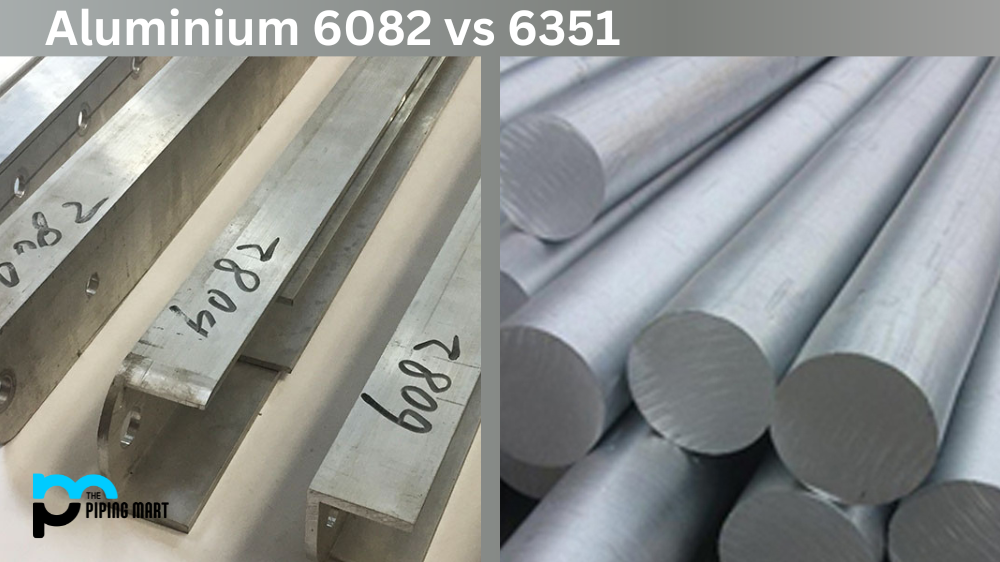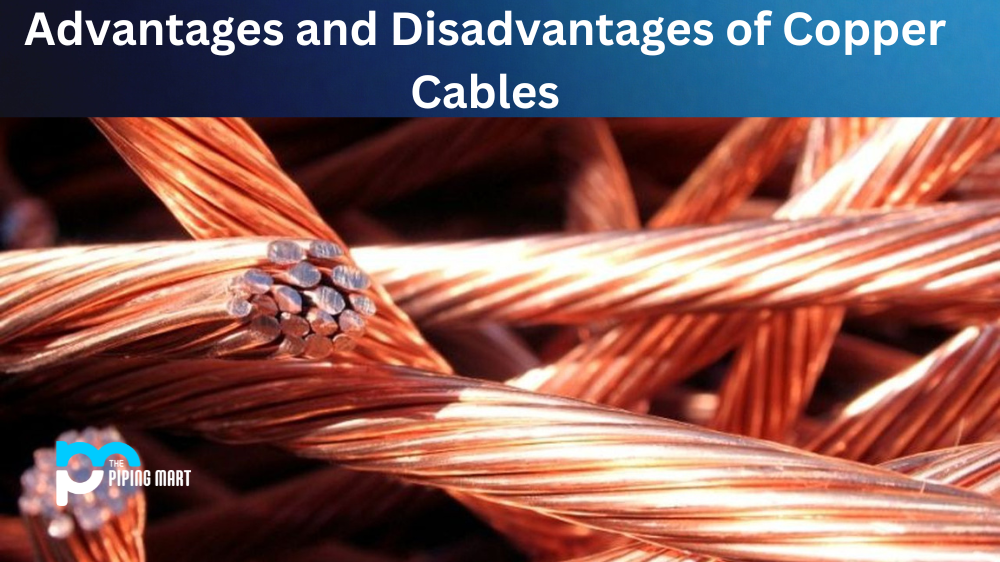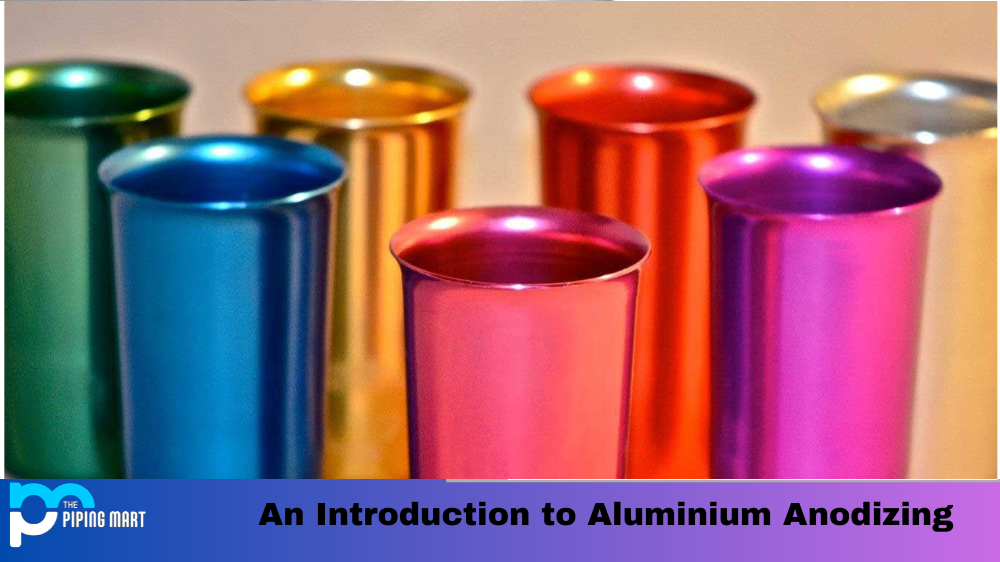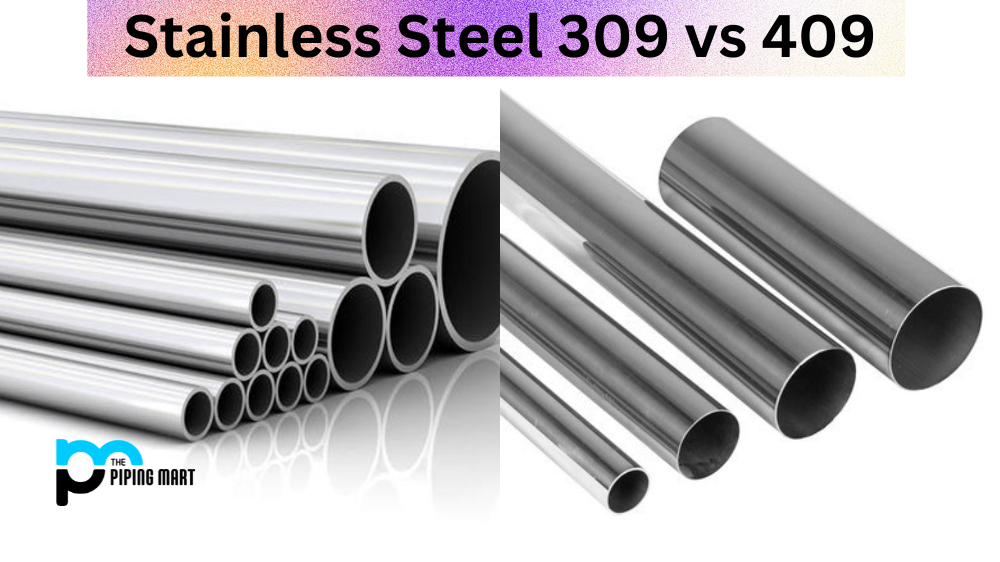Aluminum, a versatile and lightweight metal, is famous in various industries, including construction, aerospace, automotive, and packaging. When it comes to choosing the right type of aluminium for a project, it can be pretty challenging, especially if you need to become more familiar with the different alloys available in the market. In this blog, we will discuss two widely used aluminium alloys, 6082 and 6351, and compare their properties, advantages, and disadvantages to help you make an informed decision.
What is Aluminum 6082?
Aluminum 6082 is an alloy often used for applications requiring high strength and good weldability. Additionally, aluminium 6082 has good corrosion resistance and can be easily anodized.
What is Aluminum 6351?
Aluminium 6351 is an alloy often used for applications requiring high ductility and good weldability. Additionally, aluminium 6351 has good corrosion resistance and can be easily anodized.
Difference Between Aluminium 6082 and 6351
Chemical Composition and Mechanical Properties
Aluminium 6082 and 6351 are heat-treatable alloys and contain magnesium, silicon, and manganese as the primary alloying elements. However, the concentration of these elements differs slightly, resulting in different mechanical properties. Aluminum 6082 has a higher strength than 6351 but has lower ductility and good corrosion resistance. On the other hand, 6351 has better workability and formability than 6082 and is often used in extruded shapes, such as tubes and bars.
Applications
Aluminium 6082 is widely used in structural applications, such as bridges, cranes, and buildings, due to its high strength-to-weight ratio and good weldability. Thanks to its excellent corrosion resistance, it is also used in marine and offshore applications and the transportation industry, such as bus bodies and truck frames. Aluminum 6351 is commonly used in architectural, automotive, and marine applications that require good formability, such as extruded frames, handrails, and piping systems.
Machining and Welding
Both aluminium 6082 and 6351 have excellent machinability, but 6082 can be more challenging to machine due to its higher strength. Welding aluminium 6082 is also straightforward and produces strong welds, but using the correct welding technique and filler material is essential. Aluminium 6351 is relatively easy to sell and can be used for gas and arc welding. It is also well-suited for TIG welding due to its good heat dissipation properties.
Cost
The aluminium 6082 and 6351 cost varies depending on the supplier, quantity, and quality. However, aluminium 6082 is generally more expensive than 6351 due to its superior mechanical properties and corrosion resistance. The price difference can be significant in large-scale projects, so it is crucial to consider the budget when selecting the appropriate aluminium alloy.
Strength
One of the most notable differences between aluminium 6082 and 6351 is their strength. Aluminum 6082 has a yield strength of 275 MPa, while aluminium 6351 has a yield strength of only 190 MPa. This makes aluminium 6082 much better suited for applications that require high strength, such as structural components or aerospace applications.
Ductility
Another critical difference between these two alloys is their ductility. Aluminium 6082 has an elasticity of 10%, while aluminium 6351 has a flexibility of 30%. This means that aluminium 6351 is much more likely to deform under stress than aluminium 6082, making it better suited for applications where flexibility is essential, such as automotive components or piping systems.
Conclusion
In summary, aluminium 6082 and 6351 are excellent alloys with unique properties that make them suitable for various applications. While 6082 is more robust and corrosion-resistant, 6351 has better formability and workability, making it ideal for extruded parts. When choosing between these two alloys, consider the specific requirements of your project, such as strength, ease of machining, welding, and budget. Consult a trusted aluminium supplier or manufacturer who can provide expert advice and guidance on the best alloy for your needs.

A passionate metal industry expert and blogger. With over 5 years of experience in the field, Palak brings a wealth of knowledge and insight to her writing. Whether discussing the latest trends in the metal industry or sharing tips, she is dedicated to helping others succeed in the metal industry.




